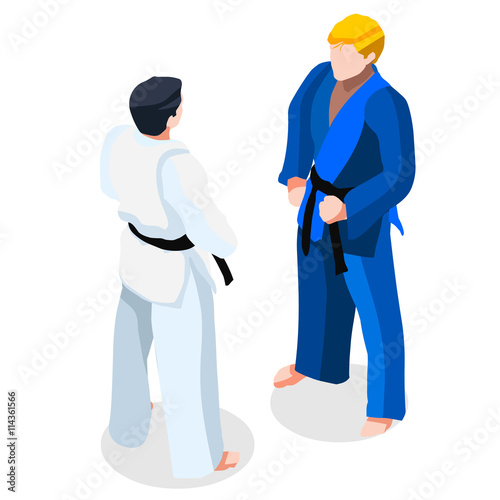The Background And Development Of Martial Arts Around The World
The Background And Development Of Martial Arts Around The World
Blog Article
Published By-Kaufman Fallon
Martial arts have a remarkable background that covers centuries and continents. You may discover it appealing exactly how ancient techniques like Shuai Jiao and Kalaripayattu prepared for modern-day fight methods. These self-controls not only highlight physical skills yet additionally show the cultures that birthed them. As you discover their advancement, take into consideration exactly how globalization has actually transformed these typical forms into hybrid styles. What influences do you think have formed today's martial arts landscape?
Ancient Martial arts: The Foundations of Battle
As you delve into the world of old martial arts, you'll uncover the rich structures that formed fight strategies across cultures. Early methods focused on Self-Defense and survival, usually incorporating strikes, hurting, and weapons.
In ancient China, for example, strategies like Shuai Jiao emphasized throws and joint locks, while India's Kalaripayattu showcased dexterity and fluid motion. Japanese samurai developed Kenjutsu, a refined swordsmanship that highlighted discipline and strategy.
https://www.orangeobserver.com/news/2023/aug/11/womens-self-defense-class-offered/ offered not just for fight yet also as a means of individual development, instilling values like regard and willpower. The mixing of these strategies over time laid the groundwork for the diverse martial arts you see today, each showing the one-of-a-kind viewpoints and demands of its culture.
The Social Impact on Martial Arts Growth
While martial arts typically show the useful needs of a society, they also embody the cultural values and ideas of their origins. When Suggested Studying explore various martial arts, you'll notice how they're influenced by religion, ideology, and social norms.
For example, the focus on regard and technique in Japanese martial arts originates from Zen Buddhism and samurai society. In contrast, Brazilian Jiu-Jitsu promotes versatility and technique, formed by the need for performance in a diverse, modern atmosphere.
You could locate that the routines, attires, and training techniques show an area's background and identity. By recognizing these cultural impacts, you deepen your gratitude of martial arts and their role in shaping human experiences around the world.
Modern Adaptations and the Globalization of Martial arts
Martial arts have transformed dramatically in recent decades, adapting to contemporary culture and global impacts. You'll see that typical types have blended with modern techniques, producing hybrid styles like MMA. These adaptations cater to varied target markets, making martial arts available and enticing globally.
With the increase of social media sites and digital platforms, you can find tutorials and competitions from all edges of the globe, breaking geographical obstacles. This globalization has actually resulted in a common gratitude for various techniques, from Brazilian Jiu-Jitsu to Taekwondo.
As you involve with these arts, you'll understand they're not almost battle; they advertise health and fitness, technique, and mental well-being.
Eventually, modern-day adaptations have enhanced the martial arts landscape, making it a vibrant and progressing practice.
Conclusion
In exploring the history and advancement of martial arts, you discover a fascinating blend of strategies, cultures, and ideologies. From ancient techniques like Shuai Jiao and Kalaripayattu to the contemporary flexibility seen in mixed martial arts, martial arts mirror humanity's quest for Self-Defense and personal development. As you engage with these techniques, you not only acquire abilities however also a much deeper admiration for the diverse customs that form our globe today. So, proceed your trip and accept the art of combat!
